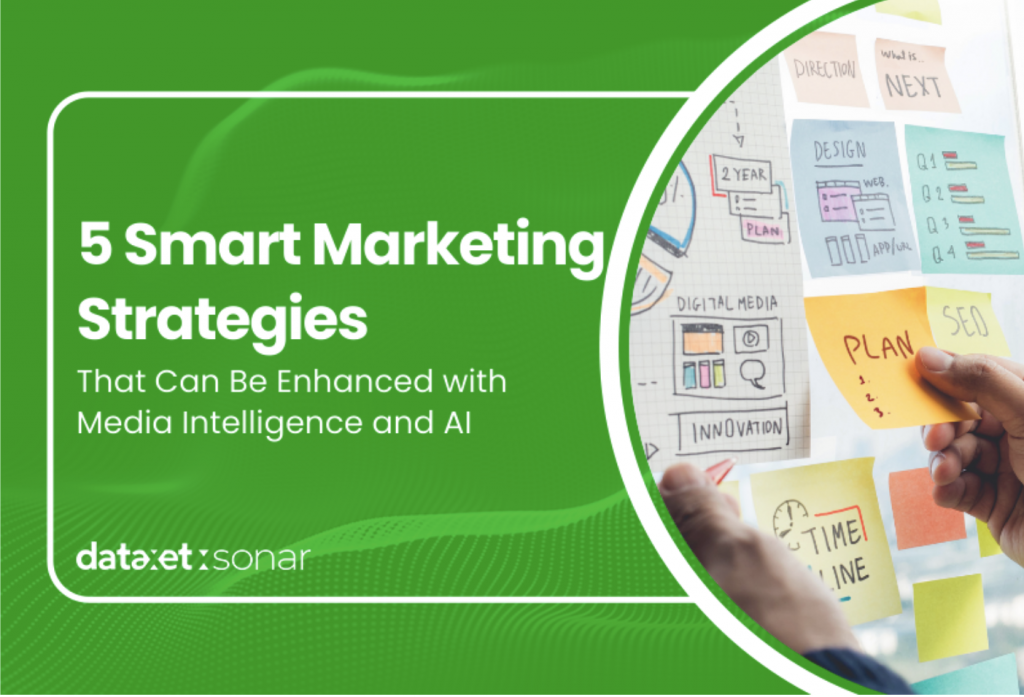Now that you’ve learned why NLP can be such a great asset for your business to have as previously mentioned in the second episode of our #NovemberNLP series, let’s dig deeper about NLP’s process, tasks, and techniques.
NLP works by turning the human language in the form of spoken or written text into something a machine can understand. However, analysing the human language was never—and never will be—an easy task. Every language has their own syntactic and semantic rules—a specific trait that’s already so difficult to make sense of, even for us humans—not to mention that there are currently more than 6,000 known variety of languages in the world.
So, how is it possible for NLP tools to possess the exact same ability humans have in terms of understanding and analysing the complex concepts of human language?
Well, the very first thing data scientists must do for NLP tools to work is separating the human language in context into fragments using text vectorization. This is the only way machines can learn to decipher our complex language and proceed to analyse the grammatical structures of each sentence and understand the meaning of each word. Then, these machines are trained to perform specific tasks using either a rule-based approach or machine learning algorithms.
In the rule-based approach, machines rely solely on the grammatical rules that were manually created by linguistic experts or knowledge engineers to solve NLP problems. This approach was the pioneer of basically all NLP algorithms—and is still commonly used up until now.
Machine learning algorithms, oppositely, rely on statistical methods and learn to perform tasks based on the data or examples that were previously fed to them. However, there’s no need for data scientists to define the rules manually. These machines can be trained to make associations between an input and its corresponding output then proceed to use statistical analysis methods to build their own “knowledge bank”—of which they will refer to when making future predictions of new data.
The most popular implementation of NLP algorithms is to perform a sentiment analysis of social media conversations—just like what we do here at Sonar Platform. We train machine learning models to understand the nuance of opinion within a certain text and proceed to automatically classify them as one of the three basic mood categories—positive, negative, or neutral.
Now, we can all agree that there’s certainly no way machines can analyse human language without involving a thorough syntactic and semantic analysis. Syntactic analysis defines the dependency and relationship between words, while semantic analysis identifies the meaning of language. However, the struggle to accurately assess the ambiguity, polysemy, and vagueness in the human language makes semantic-related analysis very complicated and challenging in NLP. On our next blog, we will be discussing about the main NLP tasks and techniques in syntactic and semantic analysis comprehensively.
If you have any questions regarding how Sonar particularly uses NLP in our products and services to gain actionable insights that can benefit you and your business, please feel free to reach us.






